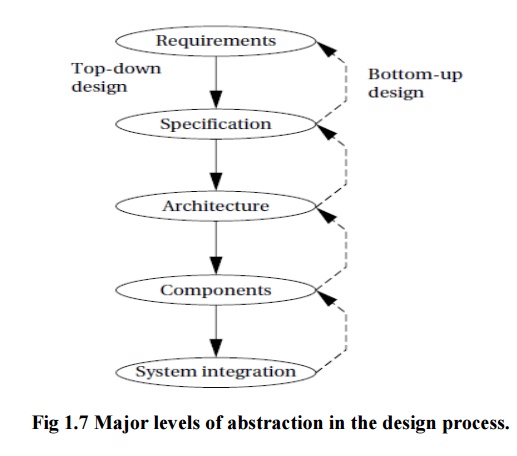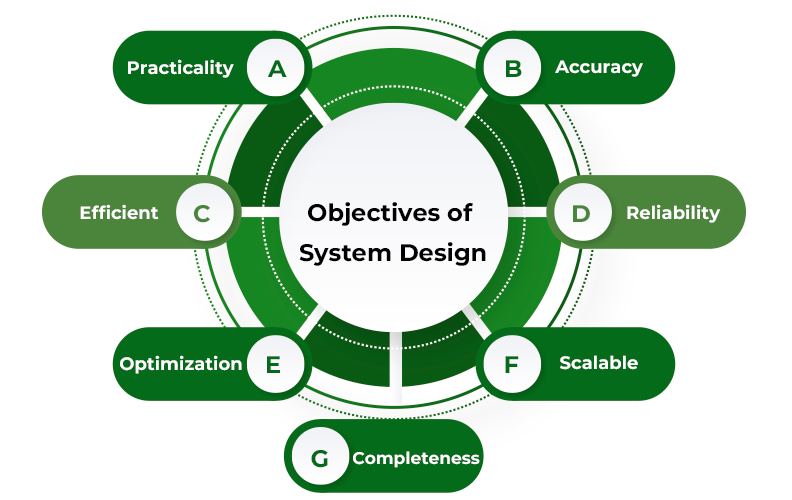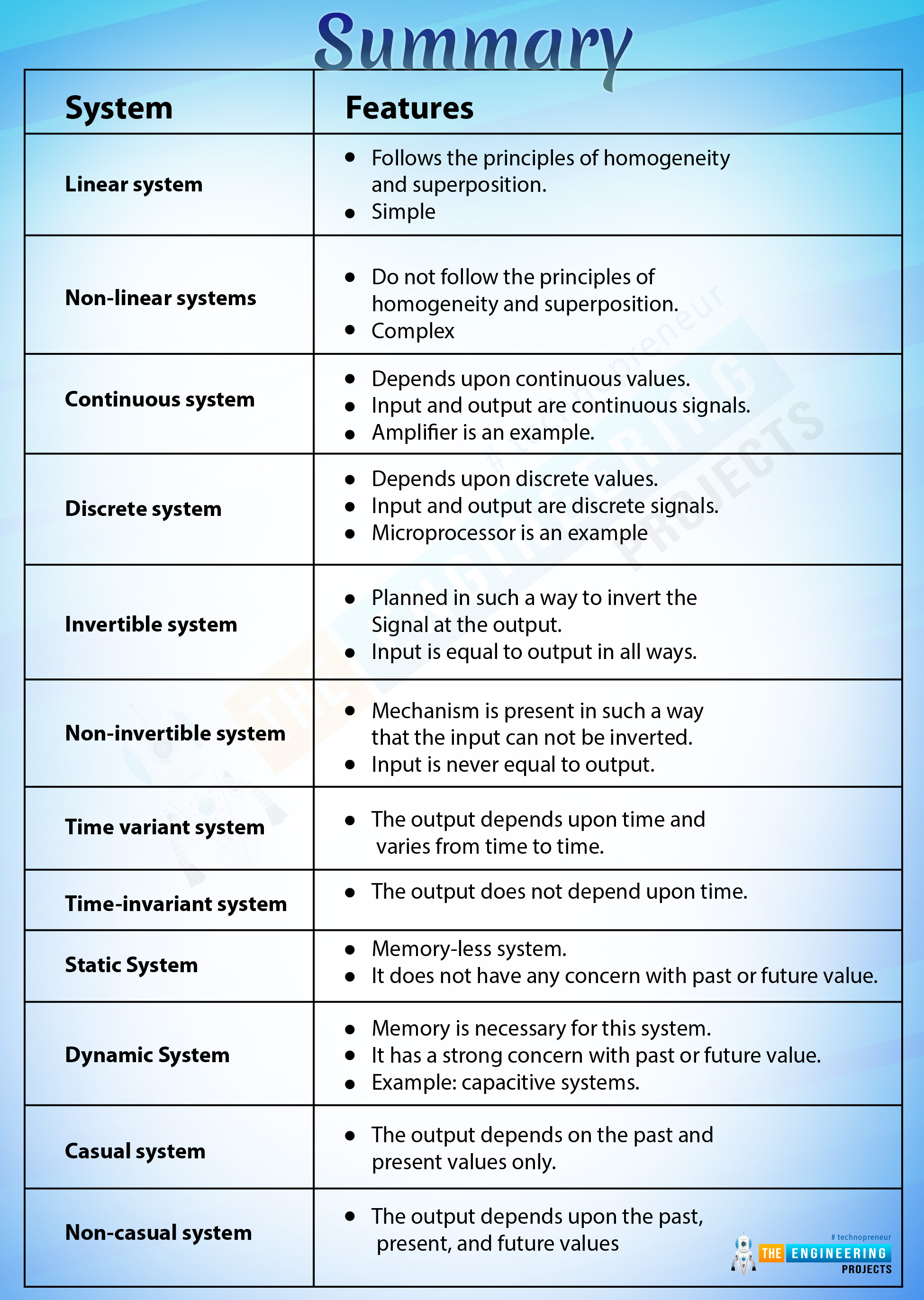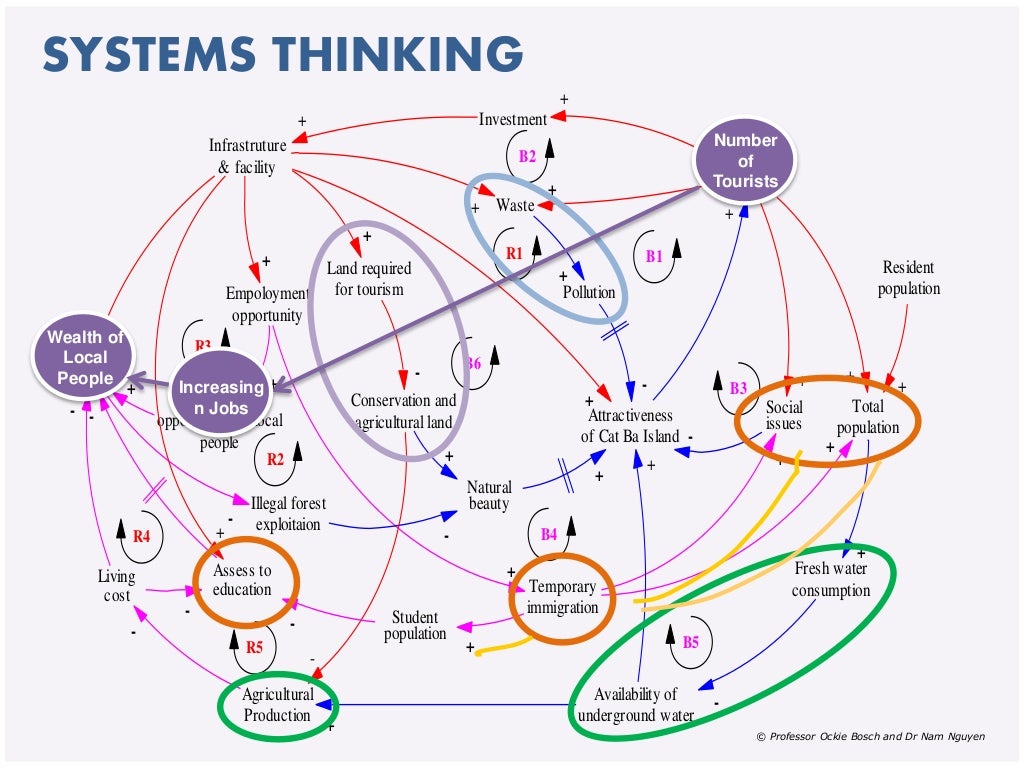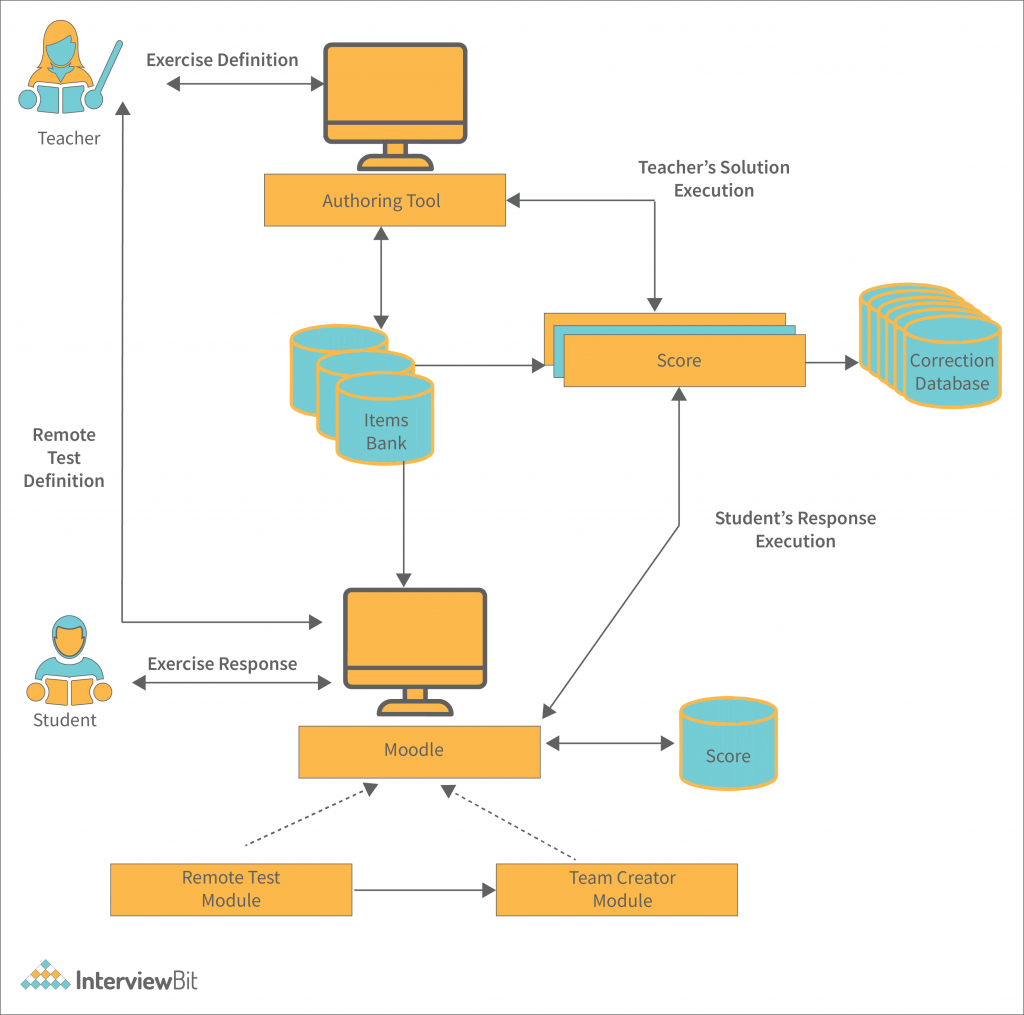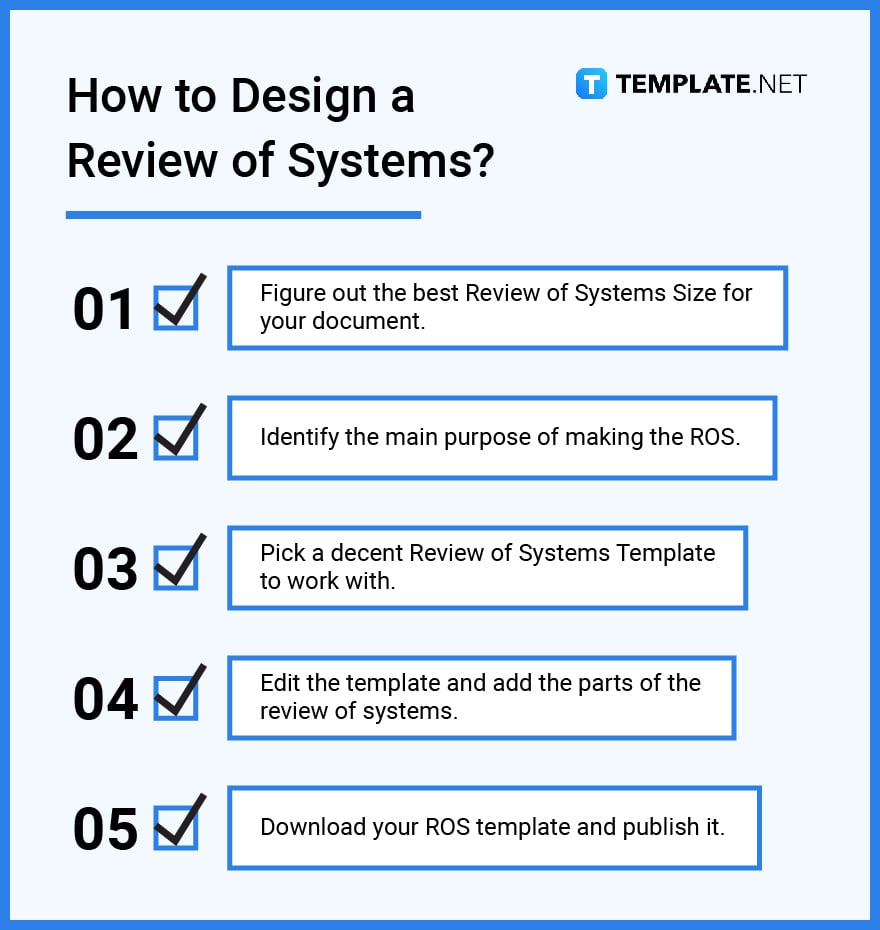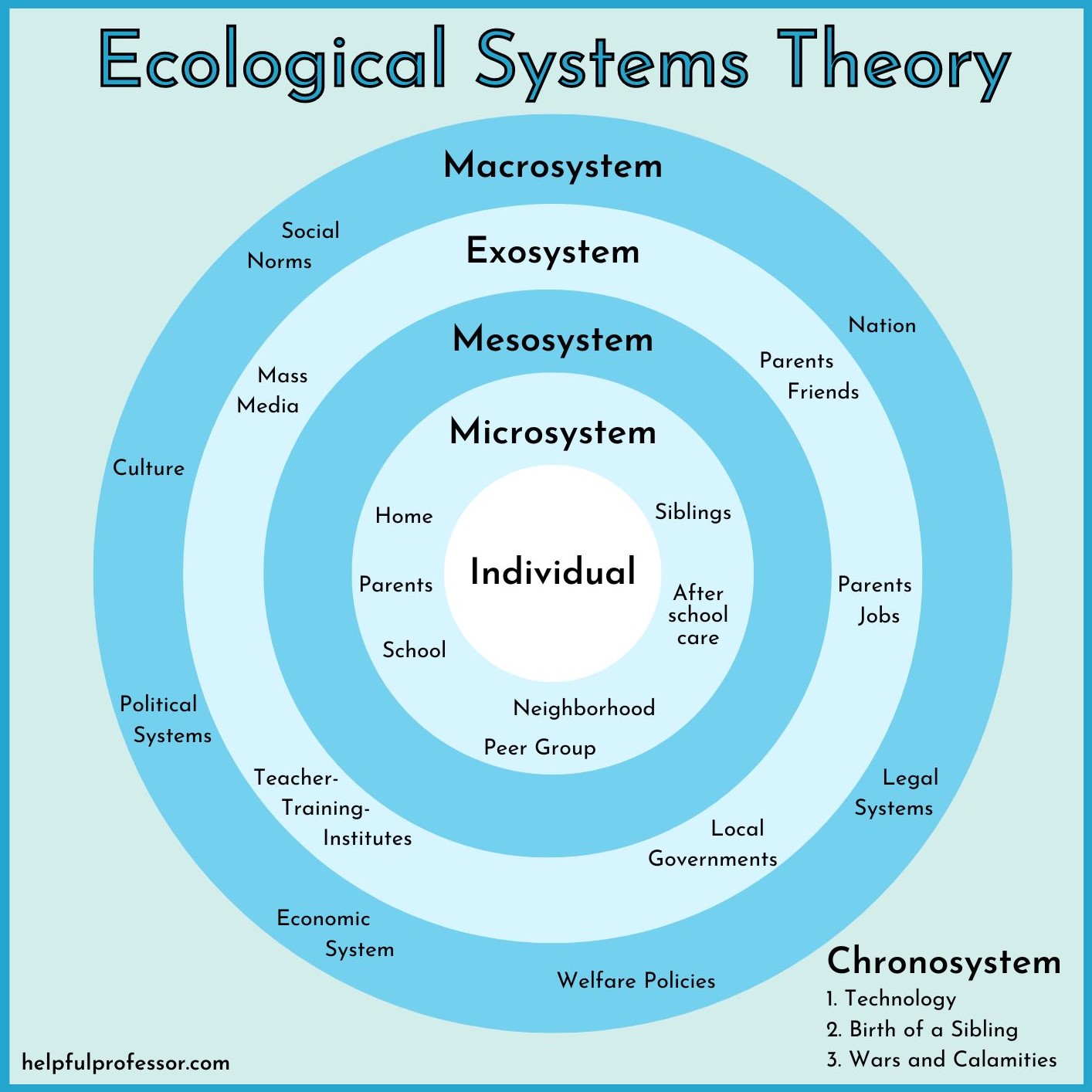Which Of The Following Does Not Relate To System Design
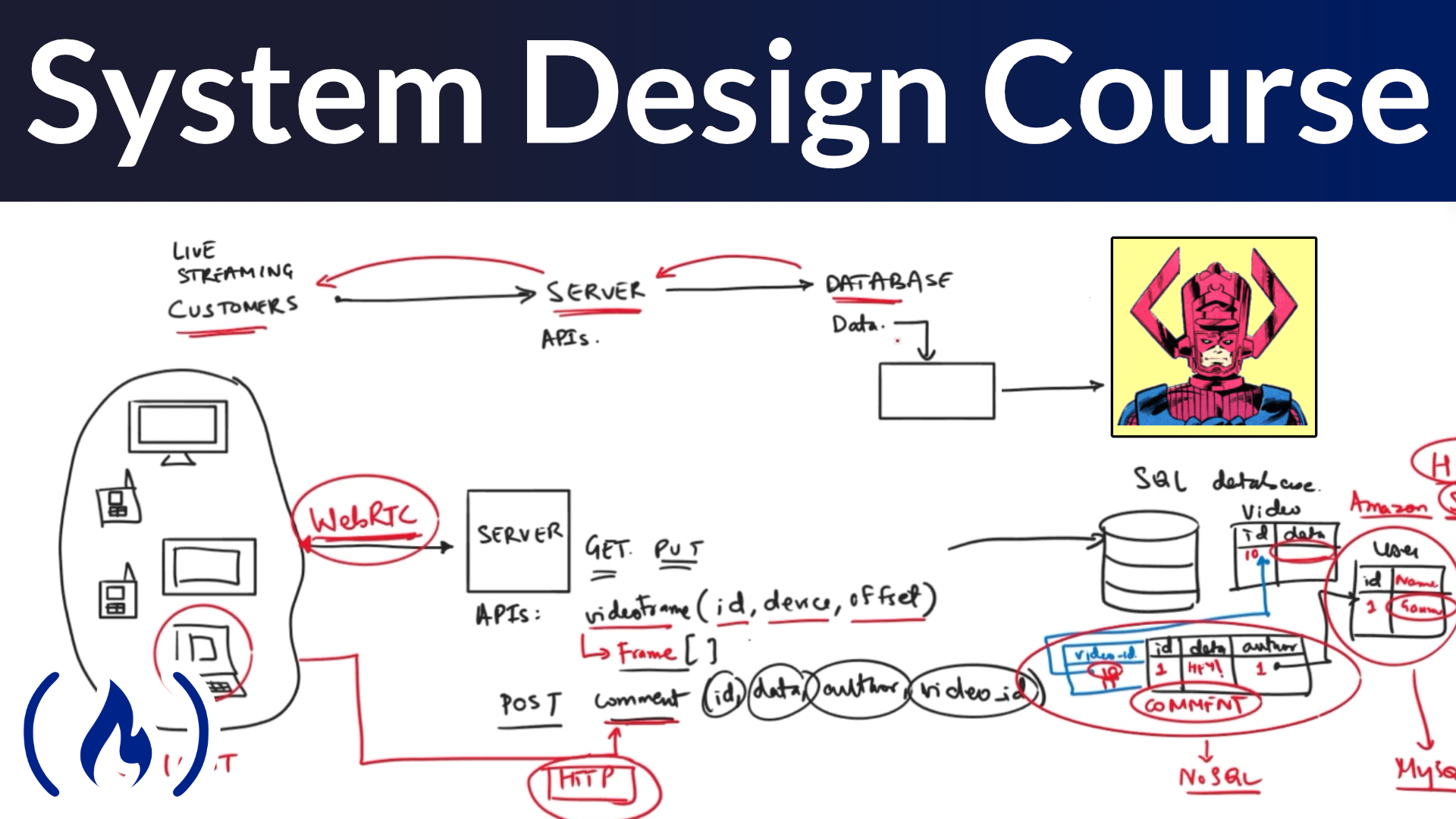
Imagine a sprawling city, buzzing with activity. Skyscrapers pierce the clouds, intricate networks of roads connect every corner, and a million decisions are being made every second to keep the whole thing running smoothly. Now, imagine someone asking: "Which of these bricks doesn't belong in the foundation of this incredible city?" The answer might seem obvious, but in the world of system design, the lines can sometimes blur, leading to confusion and potentially costly mistakes.
This article aims to clarify a common point of confusion in the field of system design. We'll explore a seemingly simple question: Which of the following does not relate to system design? By dissecting the various facets of system design and pinpointing elements that fall outside its scope, we aim to equip you with a clearer understanding of this critical discipline.
What Exactly is System Design?
System design is the process of defining the architecture, modules, interfaces, and data for a system to satisfy specified requirements. It’s about planning and building a complex structure, whether that’s a software application, a hardware system, or even a business process. It's a holistic approach, considering everything from user experience to scalability and security.
Think of it like planning a house: you need to consider the foundation, the layout of the rooms, the plumbing, the electrical wiring, and how it all comes together to create a functional and livable space. Just as an architect needs a clear vision and a strong understanding of construction principles, a system designer must possess a deep understanding of technology and a keen eye for detail.
The Core Components of System Design
To truly understand what doesn't belong, we need to know what *does*. System design encompasses several key areas. Each plays a vital role in ensuring the system functions effectively and meets the needs of its users.
Firstly, Architecture is about establishing the fundamental structure of the system. This involves choosing the right technologies, defining the relationships between different components, and ensuring that the system can handle the expected load and traffic.
Secondly, Scalability is crucial for ensuring the system can grow and adapt as demand increases. Horizontal scaling, vertical scaling, and load balancing are all key considerations here. Designing for scalability from the outset prevents performance bottlenecks and costly redesigns down the line.
Thirdly, Reliability concerns the system's ability to function correctly and consistently, even in the face of failures. This involves implementing redundancy, fault tolerance, and monitoring systems to detect and address issues quickly. Uptime and data integrity are paramount.
Security is absolutely essential in today's digital landscape. System designers must consider security at every stage of the design process. They must incorporate appropriate measures to protect against unauthorized access, data breaches, and other security threats.
Finally, User Experience (UX) is about designing the system in a way that is intuitive, easy to use, and enjoyable for the end-user. A well-designed system should be both functional and user-friendly, maximizing user satisfaction and productivity. Neglecting UX can lead to user frustration and ultimately, system failure.
The Outsider: Identifying the Non-Essential
Now that we understand the key components of system design, let's consider what might *not* fall under its purview. This is where things can get tricky, as many related disciplines often overlap and influence system design decisions.
While system design deals with the "how" of building a system, it's not primarily concerned with the "why". While market research provides the rationale and justification for building the system in the first place, system design focuses on the technical execution. This difference is subtle, but crucial.
Consider this scenario: a company is deciding whether to build a new mobile app. Market research would determine the demand for such an app, the target audience, and the potential revenue. System design, on the other hand, would focus on the app's architecture, features, scalability, and security.
Therefore, while valuable in determining the *need* for a system, market research is not directly related to the technical process of system design itself. The insights from market research can and should *inform* the system design, but they are distinct activities.
Distinguishing Between Related Fields
It’s important to differentiate system design from other, related fields like software engineering and business analysis. Although they collaborate closely, they have distinct roles.
Software engineering is primarily focused on the actual coding and implementation of the system. System design provides the blueprint. Engineers then execute the blueprint by writing code, testing, and deploying the system.
Business analysis, on the other hand, focuses on understanding the business needs and translating them into requirements for the system. While the business analyst defines *what* the system should do, the system designer determines *how* it will do it.
These fields complement each other. A strong system design relies on clear and well-defined business requirements. It also requires skillful execution by software engineers.
Real-World Examples
To illustrate this point further, let's consider some real-world examples. Imagine a company building an e-commerce platform.
Market research would determine the target audience, the products to be sold, and the competitive landscape. This information helps define the business goals.
System design would then outline the architecture of the platform, including the database design, the payment gateway integration, and the shopping cart functionality. It’ll also determine how the platform will scale to handle peak traffic during sales events.
Software engineers will then write the code to implement the system. They ensure the website is functional, secure, and easy to use.
Another example: the development of a social media platform. Market research would identify the target demographics, the desired features, and the competitive advantage. The system design would then determine the platform's architecture, including the database structure, the messaging system, and the news feed algorithm. Software engineers would then bring the design to life through coding and implementation.
The Importance of Clarity
Understanding the distinction between system design and other related fields is crucial for effective communication and collaboration within a development team. It ensures everyone is working towards the same goals and avoids confusion.
A clear understanding of the boundaries of system design also helps in allocating resources and responsibilities effectively. By identifying the key areas of focus, teams can prioritize their efforts and avoid wasting time and resources on activities that fall outside the scope of system design.
Ultimately, a solid grasp of system design principles can lead to the creation of more efficient, scalable, reliable, and user-friendly systems that meet the needs of both the business and the end-users. Investing in training and education in system design is an investment in the success of any technology-driven organization.
Conclusion
In conclusion, while market research is undeniably valuable in identifying the need for a system, it is distinct from system design itself, which focuses on the technical execution of building that system. Recognizing this distinction is crucial for fostering clarity, collaboration, and efficiency in the development process. System design is a critical discipline, and understanding its boundaries empowers teams to build better systems that meet the needs of the business and its users.
